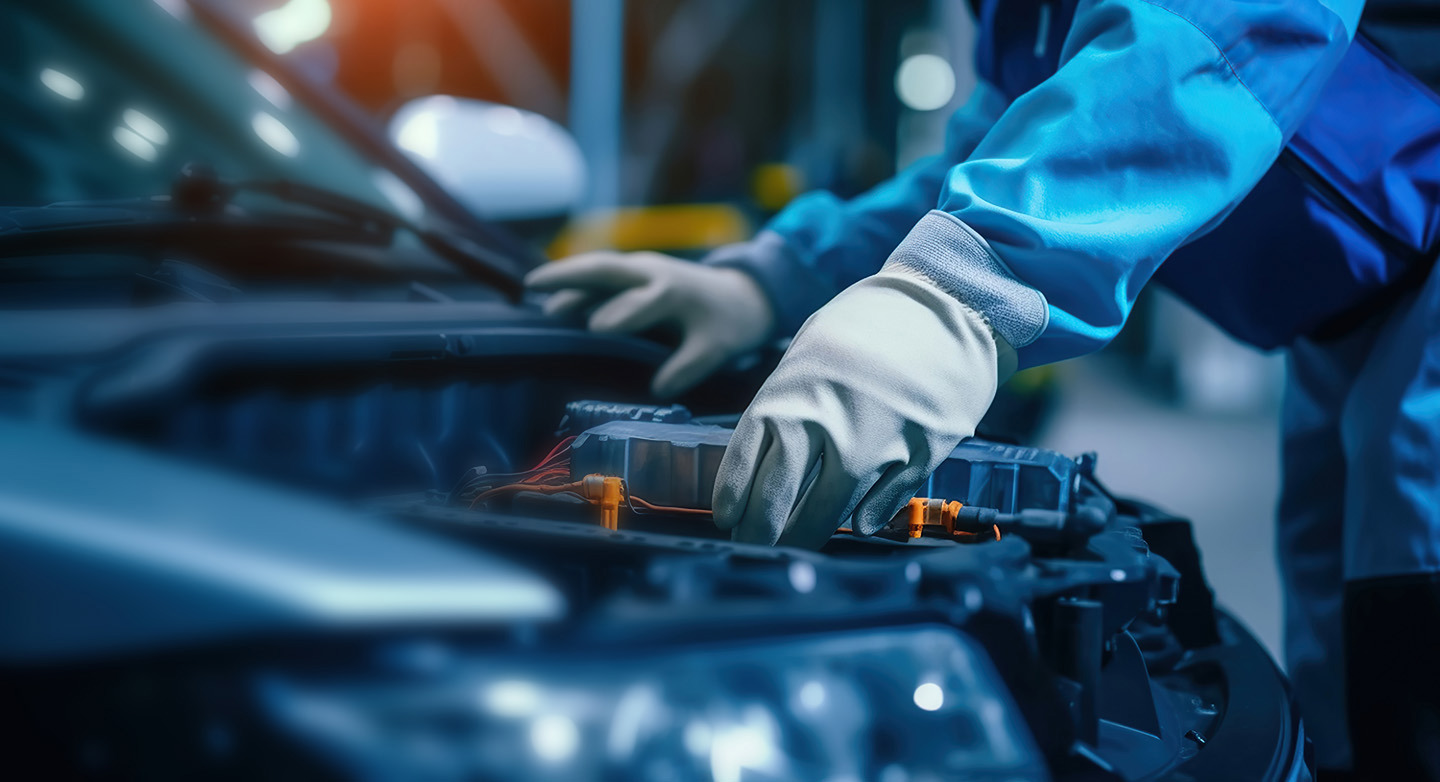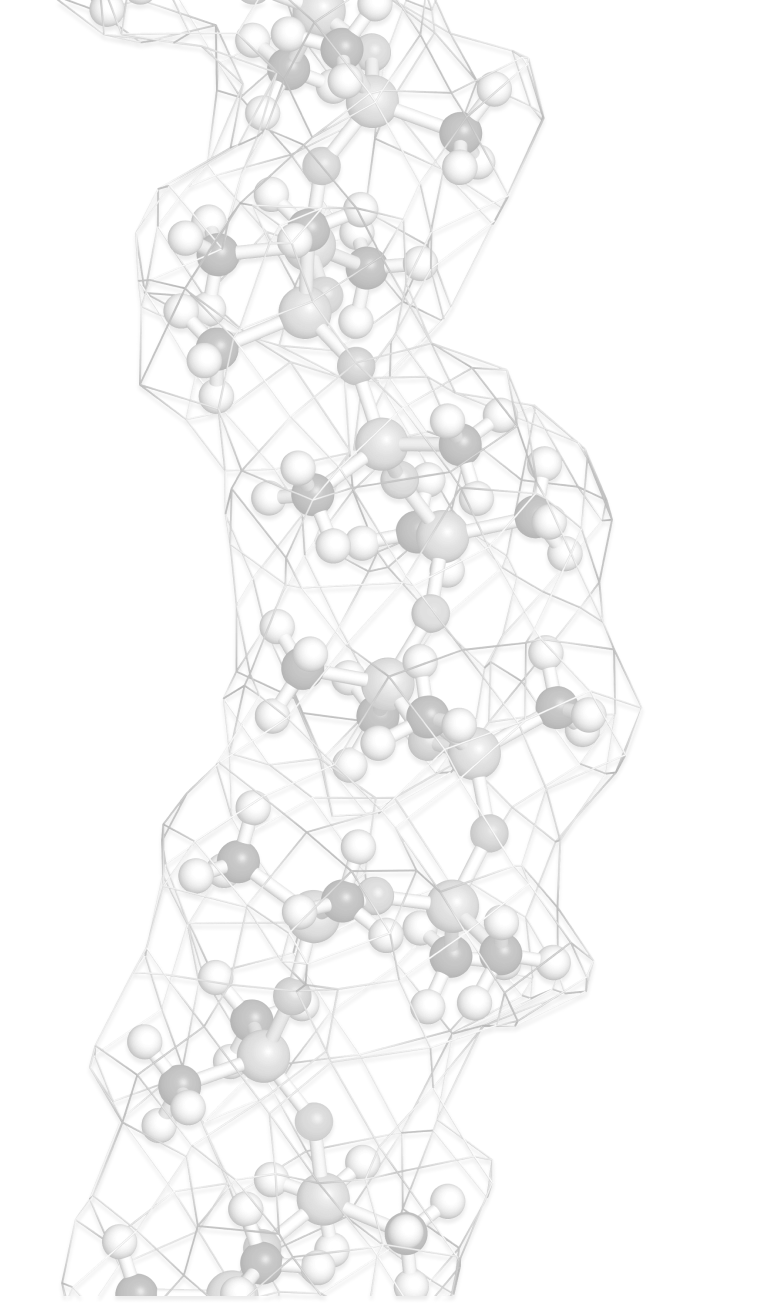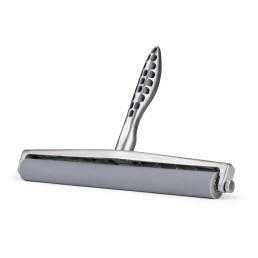Contamination is a major cause of defects
The global drive towards electrification of transport and consequent growth of the EV vehicle market has put a spotlight on scarcity and cost of its key materials.
The EV battery industry is under pressure to achieve highest process yields combined with the best performance and contamination is becoming recognised as a major cause of defects and degraded performance.
Teknek contact cleaning equipment is helping globally leading manufacturers improve quality, performance and - most importantly - reduce the risk of faults including latent faults that can cause catastrophic in-field failures.
Charge Transfer Mechanism
At its most basic level a battery cell is an electrochemical circuit with four components, two electrodes, a separator to keep the electrodes apart and an electrolyte containing the ions which migrate from one electrode to the other depending on whether the cell is charging or discharging.
Several cells are then stacked together to provide a finished battery.
The performance of the battery is defined by the charge transfer mechanism, which is the number of ions which can migrate from one electrode to the other and how fast they migrate.
Contamination is a major contributor to variations in the charge transfer properties resulting in defects and poor performance.


Understand key process steps for cleaning
In the latest Teknek Academy White Paper, we present the types of contamination typically found by EV battery cell manufacturers and the defects that are associated with such contamination.
Contact Cleaning is a trusted contamination removal method that effectively and reliably addresses specific challenges of EV battery manufacture.
To learn about the advantages of Contact Cleaning over other technologies and understand the key process steps where contamination removal is particularly beneficial download the White Paper today.







